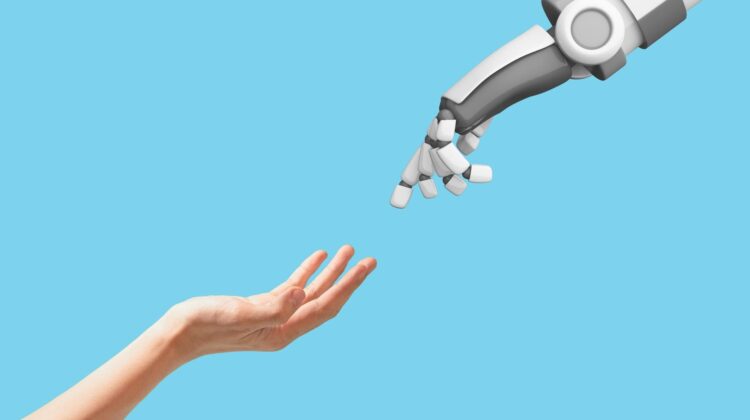
AI-Powered Learning: Revolutionizing Education for the Next Generation
In an era where technological advancements burgeon at an unprecedented pace, the domain of education stands on the cusp of a monumental transformation, courtesy of Artificial Intelligence (AI). This article delves into the myriad ways AI-powered learning is reshaping the educational landscape, heralding a new epoch in the realm of pedagogy.
The advent of AI in education signals a paradigm shift from traditional teaching methodologies to a more personalised, efficient, and dynamic approach. One of the most salient features of AI in education is its ability to tailor learning experiences to individual students. AI algorithms can analyse a student’s learning patterns, strengths, and areas of improvement, thereby enabling the creation of customised lesson plans and learning materials. This bespoke approach not only enhances student engagement but also bolsters the efficacy of learning, as students are no longer confined to a one-size-fits-all educational model.
Furthermore, AI’s role in automating administrative tasks cannot be overstated. Educators often find themselves beleaguered with administrative responsibilities, which invariably detract from their primary objective – teaching. AI can automate tasks such as grading, attendance tracking, and even responding to routine student inquiries, thus liberating educators to focus more on teaching and less on administrative chores.
Another pivotal aspect of AI in education is its potential in identifying and supporting students with learning disabilities. AI-powered tools can discern subtle patterns in a student’s learning behaviour that might indicate learning difficulties. Once identified, these tools can aid in developing specialized learning strategies, thereby ensuring inclusive education for all students.
The integration of AI in education also extends to the realm of virtual learning environments. The onset of the COVID-19 pandemic has underscored the importance of robust online learning platforms. AI-powered virtual learning environments are not mere repositories of digital content; they are dynamic spaces that facilitate interaction, collaboration, and real-time feedback, closely mimicking the classroom experience.
However, the integration of AI in education is not without its challenges. One of the primary concerns is the digital divide – the disparity in access to technology between different socio-economic groups. This divide raises concerns about equitable access to AI-powered educational tools, potentially exacerbating existing educational inequalities. Additionally, there are apprehensions regarding data privacy and the ethical use of AI in educational settings.
Despite these challenges, the potential of AI to revolutionise education is immense. By harnessing the power of AI, educators can provide a more engaging, efficient, and inclusive learning experience. As we venture into this new era of AI-powered learning, it is imperative for policymakers, educators, and technologists to collaborate, ensuring that the benefits of AI in education are accessible to all, irrespective of socio-economic background. The journey towards an AI-augmented educational future is fraught with challenges, yet the prospects it holds for transforming education for the next generation are too significant to ignore.
In conclusion, AI-powered learning is not merely a futuristic concept but a tangible reality that is reshaping education today. As we embrace this new era, it is crucial to navigate the challenges judiciously, ensuring that AI serves as a catalyst for equitable and effective education. The promise of AI in revolutionising education for the next generation is not just a possibility; it is within our grasp, ready to be actualised for the betterment of future generations.
Author: Theodore Y. Sanders
Expert in new technologies. He has always lived in Silicon Valley where he consults for numerous technology start-ups. Collaborates with the Deeping in the area of technoclogical innovation and technology
